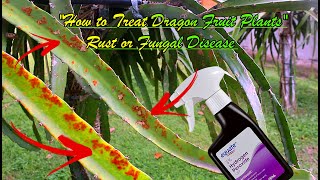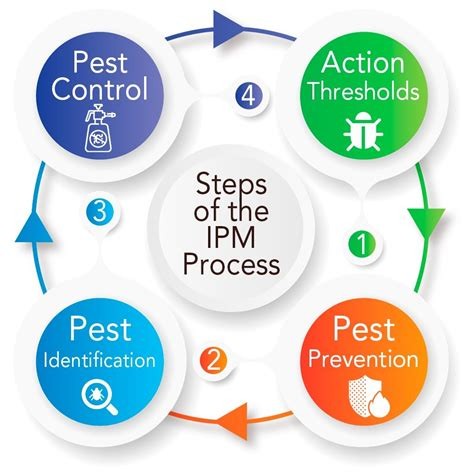Applying fungicides plays a pivotal role in the protection and health maintenance of dragon fruit plants. Cultivating these exotic fruits demands a nuanced understanding of fungicide application to ensure optimal growth and yield. In this comprehensive guide, we delve into the best practices for effectively applying fungicides on dragon fruits, ensuring their vigor and productivity.
Table of Contents

Understanding the Importance of Applying Fungicides
Dragon fruits are susceptible to various fungal diseases that can compromise their growth and yield potential. These diseases, including anthracnose, stem rot, and leaf spot, can significantly impact plant health and fruit quality. Fungicides serve as vital tools in the management and prevention of these fungal pathogens, safeguarding the overall well-being of the plants.
Selecting the Right Fungicide
When it comes to protecting dragon fruits from fungal diseases, selecting the appropriate fungicide is crucial. Research and consultation with agricultural experts can help identify the most effective fungicides for specific pathogens prevalent in your region. Consider factors such as active ingredients, application methods, and safety precautions to make informed decisions.
Timing of Application
Timing is paramount when applying fungicides to dragon fruit plants. It’s essential to adhere to a regular schedule based on the growth stage of the plants and prevailing environmental conditions. Early detection of fungal infections and prompt application of fungicides can prevent the spread of diseases and minimize crop losses.
Application Techniques

Foliar Sprays
Foliar sprays are among the most common methods of applying fungicides to dragon fruit plants. Ensure thorough coverage of both sides of the leaves, stems, and fruit surfaces to effectively combat fungal pathogens. Adjustable nozzles and proper spray pressure facilitate even distribution and maximize efficacy.
Drenching
For soil-borne fungal diseases, drenching with fungicides is often recommended. This technique involves applying fungicide solutions directly to the soil around the base of the plants. Drenching helps target root pathogens and provides systemic protection to the entire plant.
Injection
In cases of severe fungal infestations or systemic infections, injection of fungicides into the plant tissue may be necessary. This method delivers fungicidal compounds directly into the vascular system, offering rapid and targeted action against pathogens. However, injection should be performed with caution to avoid phytotoxicity and plant injury.

Integrated Pest Management (IPM) Approach
Integrated Pest Management (IPM) strategies complement fungicide applications in dragon fruit cultivation. Emphasizing cultural practices, biological controls, and monitoring techniques, IPM minimizes reliance on chemical interventions while maintaining ecological balance and sustainable crop production.
Adhering to Safety Precautions
Prioritize safety when handling and applying fungicides to dragon fruit plants. Wear protective clothing, including gloves, goggles, and masks, to prevent exposure to chemical residues. Follow label instructions meticulously, adhering to recommended dosages, application rates, and re-entry intervals to mitigate risks to human health and the environment.
Monitoring and Evaluation
Regular monitoring of dragon fruit plants is essential for early disease detection and intervention. Keep a vigilant eye on foliage, stems, and fruits for signs of fungal infections such as discoloration, lesions, and abnormal growth. Prompt action and adjustment of fungicide applications based on disease dynamics and weather conditions optimize control measures and minimize potential damage.
Environmental Considerations
Be mindful of environmental factors that influence fungicide efficacy and residual activity. High humidity, prolonged rainfall, and temperature fluctuations can impact the persistence of fungicidal compounds and their ability to suppress fungal growth. Incorporate weather forecasts and environmental monitoring into your management practices to enhance disease control outcomes.
Record Keeping
Maintaining detailed records of fungicide applications and disease incidence is integral to tracking and evaluating management strategies over time. Document key information such as product names, application dates, dosage rates, and efficacy observations. This systematic approach facilitates data analysis and informed decision-making for future disease management endeavors.
Conclusion
Effective fungicide application is a cornerstone of successful dragon fruit cultivation, ensuring the health and productivity of these exotic plants. By embracing best practices and integrating IPM principles, growers can mitigate the risks posed by fungal diseases while promoting sustainable and resilient crop production. Through meticulous planning, monitoring, and adherence to safety protocols, enthusiasts can enjoy bountiful harvests of flavorful and visually stunning dragon fruits.
Implementing these strategies empowers growers to overcome challenges and cultivate thriving orchards, enriching both agricultural landscapes and culinary experiences alike.
